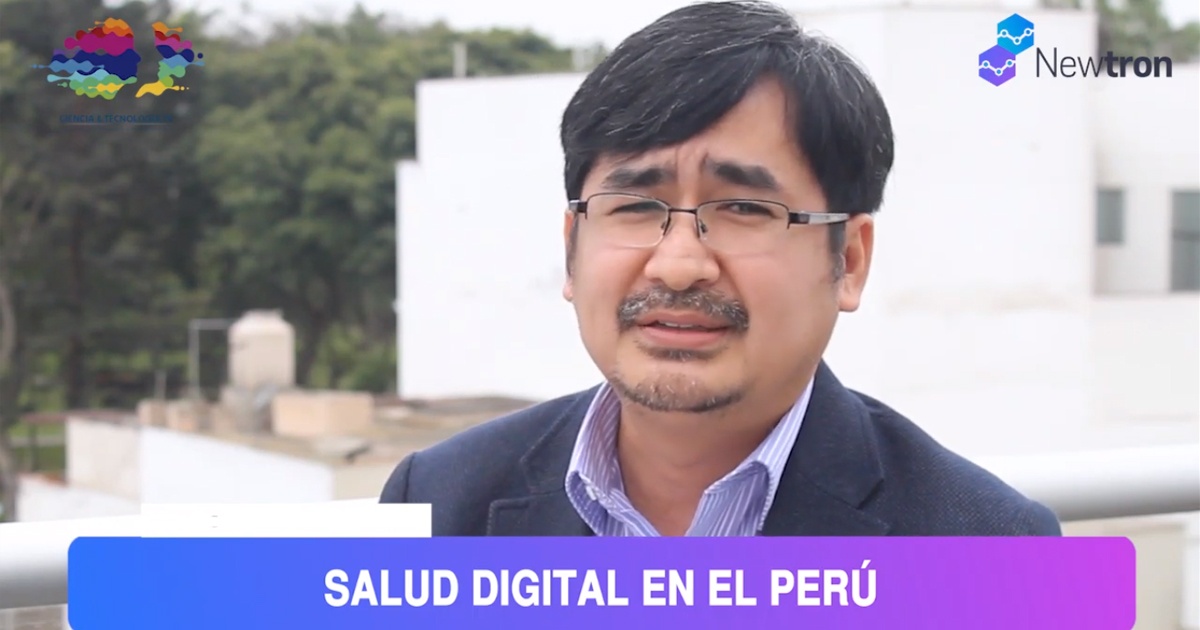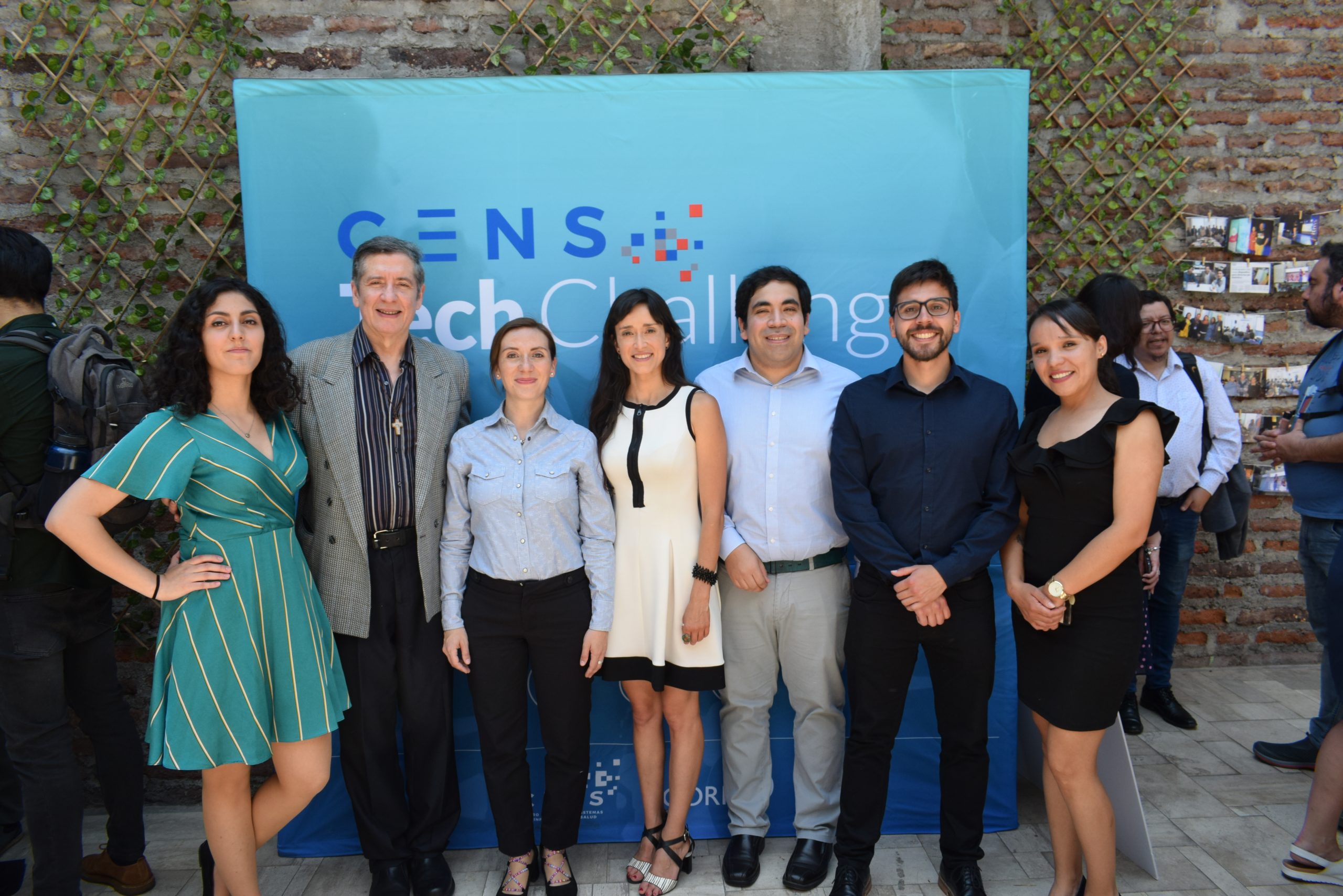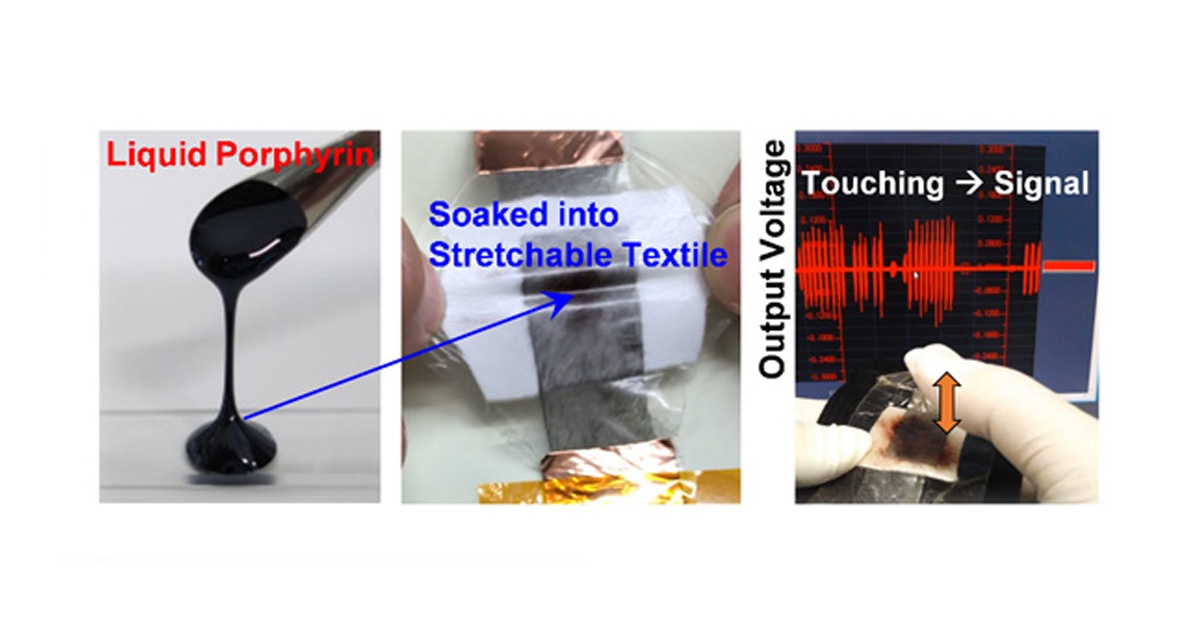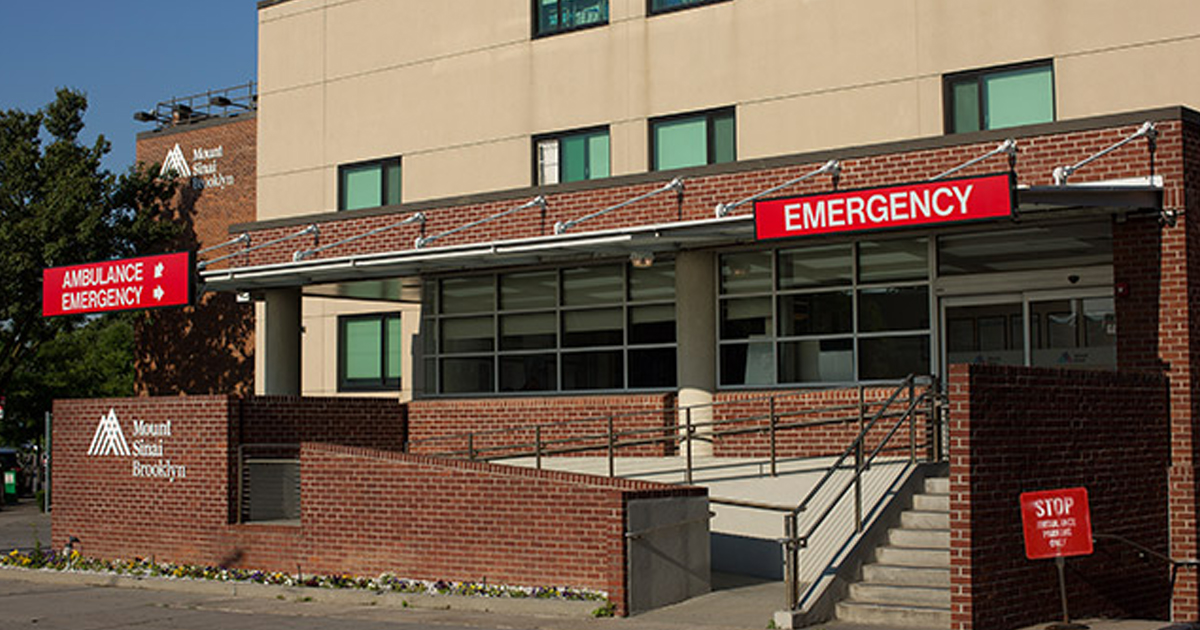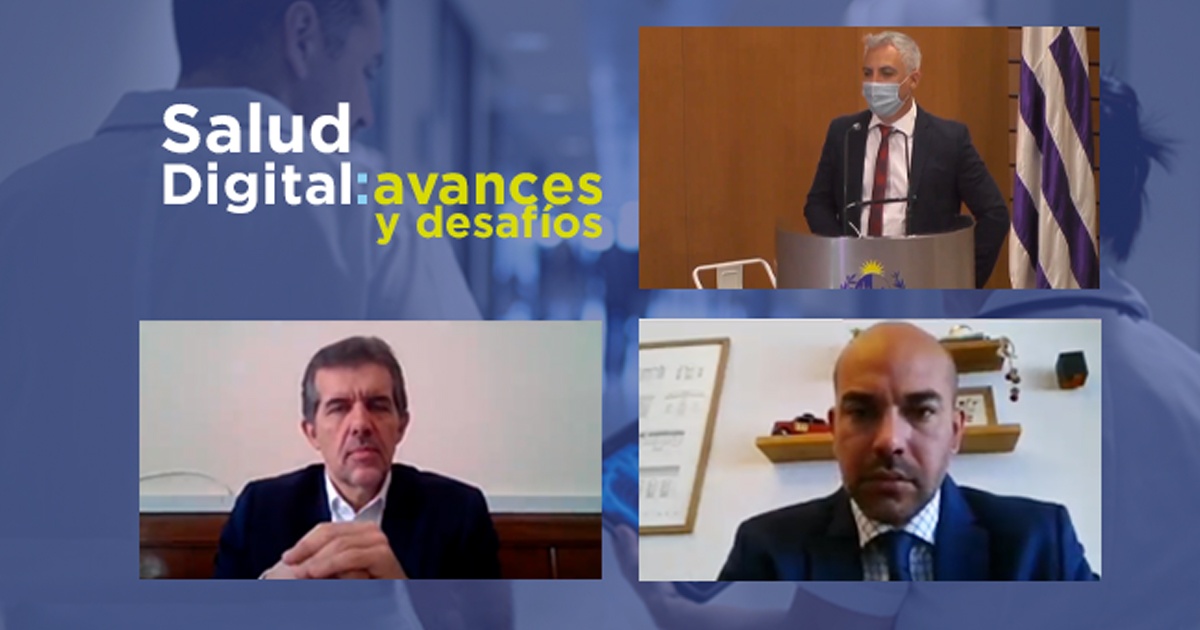Through a webinar, engineer Antón Zamora – belonging to the Central American Health Information Network – and the director of TulaSalud, Isabel Lobos, shared experiences, opinions and statistics on the use of telemedicine and digital health in the region.
The The Central American Health Information Network provided the difference between the concepts of telemedicine and telehealth, emphasizing that the former deals with the general clinical act as such (whether cardiology, psychiatry, dermatology, among others) and that the second covers digital devices that serve as support tools (wearables, apps, etc.).
It was used to consider that, in public policy, funding and the human factor are necessary to advance work related to digital health and, taking a survey conducted by the World Health Organization (WHO) in 2010, showed that 45% approach to strategies, 82% in investment for software and technology, has been provided in Latin America , 91% in digital health initiatives and 54% for electronic medical history.
Within the budding pillars for telemedicine-related projects, there is a strenuous map to achieve the number 1 rule of digital health: to focus efforts to meet the needs of users. To renew the perception of the challenges and problems that create day by day, you could change the perspective and calmly taste the difficulties in order to know them well before thinking mechanically about the solutions that could be repaired.
To correctly bottle services with your processes, it would be effective to follow a path that begins with identifying the problem per se, both of the users and their needs to end up tracking the agents concerned by analyzing the feasibility of the solutions (which work asynchronously remotely and in real time).
It is understood that public policies that support the use of telemedicine take care of its management and will address a change in value in the way they do things through empathy with the doctor and the patient by understanding their concerns and fears about the changes to which digital health entails.
The presence of this technology in Latin America is strengthened by the intervention of the government in the creation of legal frameworks, rules and strategies formed by alliances between institutions that finance projects such as Nicaragua, where the cell phone is used and the sending of photographs by WhatsApp as a means of notifications, treatments and follow-ups of medical practices such as surgeries.

Or in Minas Gerais, Brazil, which uses the electrocardiogram through a digital platform that deploys the diagnosis in a short time and saves up to $60 million in investment of specialized medical equipment and processes.
The case of Costa Rica and its precision telemonitoring system for older adults that can give them the opportunity to track their treatments without the need to move point-to-point, as the digital devices provided to them are appropriate to capture data and issue warning alerts to hospital staff. Here, what the patient must do is record the requested biomedical data on an electronic device that sends the information over the internet to the software integrated into the peripheral systems that the person loads and that communicate with smartphones sending diagnostics related to heart rate, blood pressure and body temperature.
The role of this project is intended to directly grant the older adult support that monitors their health using all ICTs (Information and Communication Technologies), which double the efficiency of the service. There is also a comprehensive and digitized clinical record.
DIGITAL HEALTH IN GUATEMALA
The TULA SALUD Foundation, originally from Guatemala, was funded in Canada and has been working – since 2004 – with the Ministry of Health on a project dedicated to stop maternal and child mortality through digital solutions aimed at providing remote support for remote communities.
"Improving maternal and child health through community eHealth, undertakes to collect data and disseminate vital information to prevent complications using collaborative learning through online b-learning systems capable of materializing in remote training, diplomas and short courses (where supervisors and specialists connect using the network on virtual platforms)."
The records, which have been controlled for three years, are combined into a database available to any top-level call center where the deployment is managed and evaluated.
In addition, there is KAWOK, a computer system divided into two technological components. The first is a Mobile Application that facilitates the digital registration of clinical data and the second concerns the generation of Reports based on the data collected so that health professionals can make decisions in a timely manner.
Its operation is based on a set of Community tools that act as follows:
- As a mobile technology where you can browse with or without an internet connection to communicate and share data.
- In multimedia modules (available in Spanish and also translated to another language) that are stored in the cloud to be analyzed and connect communities.
- Returning more detailed and processed information in statistics to be located on an interactive map that shows the situation of each region.
The conclusion dictates the use of intelligent devices that engender a versatility that contributes to streamlining solutions, always learning from errors to grow and improve deployments optimizing resources and ensuring better solutions.
CENTRAL AMERICAN NETWORK OF HEALTH INFORMATICS (RECAINSA)
https://recainsa.org/webinar-uso-de-telemedicina-en-region-centroamericana/

